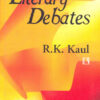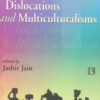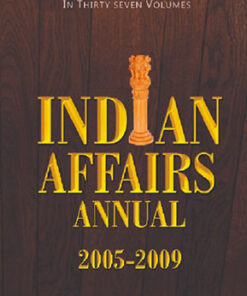HONOUR, STATUS AND POLITY:
₹1,295.00 Original price was: ₹1,295.00.₹1,004.00Current price is: ₹1,004.00.
25 in stock
The concepts of honour and status have remained central to the lives of the people, social hierarchy and political culture. Significantly, these concepts, as exemplified in the region of Rajasthan, and the iconic figures and symbols of the Mewar area have enriched the nation’s cultural legacy.
The present work is a cultural study that looks at the ideology of honour and status through a theoretical framework as also their projection in symbols, rituals and polity of the native states of Rajputana. Deviating from the dominant historiographical trend of Rajput centric construction, the study also sketches the contribution of other communities like Charans, Oswals, Brahmins, Bhils and Muslims. The issues of honour and hierarchy are intrinsically linked with gender construction as reflected in the legends of Meera and Padmini.
The book also recapitulates the remarkable process of the state’s transition from monarchical governance to a democratic polity. The electoral processes and the series of land reform measures democratized polity and agrarian structure. However, despite an enduring democracy, people continue to have respect for the erstwhile royalty and its symbology.
The changing context and complex character of the concepts of status and honour, reveal unusual and, hitherto unexplored facets of the polity of the state of Rajasthan.
Related products
Reference
Reference
Reference











